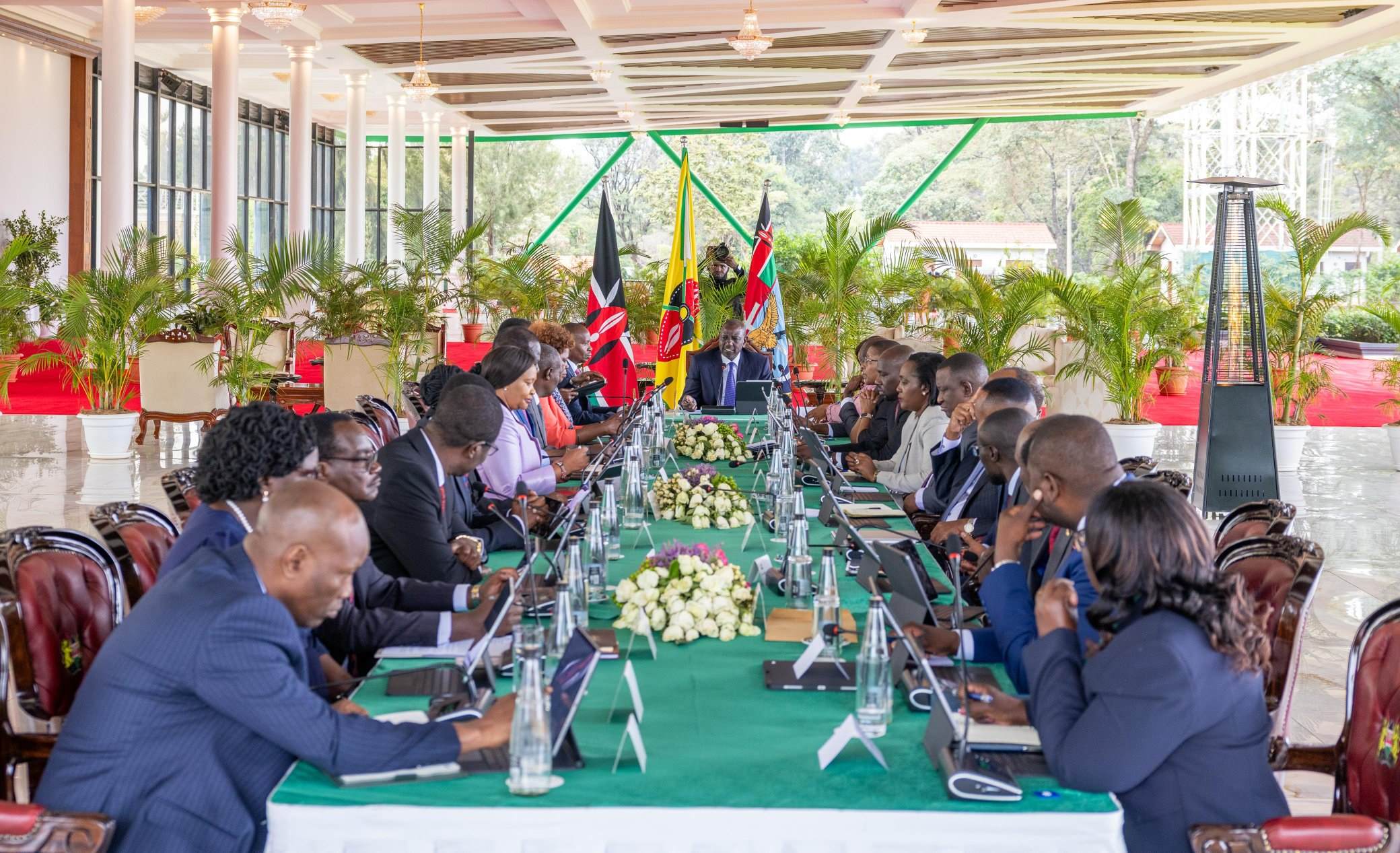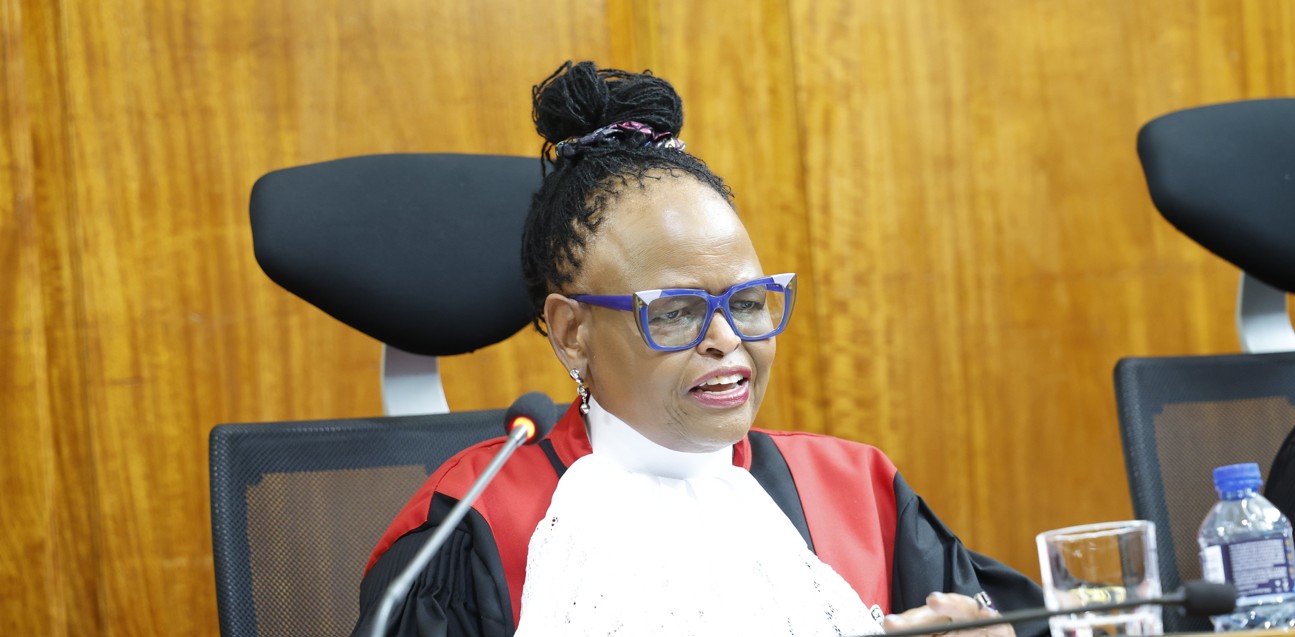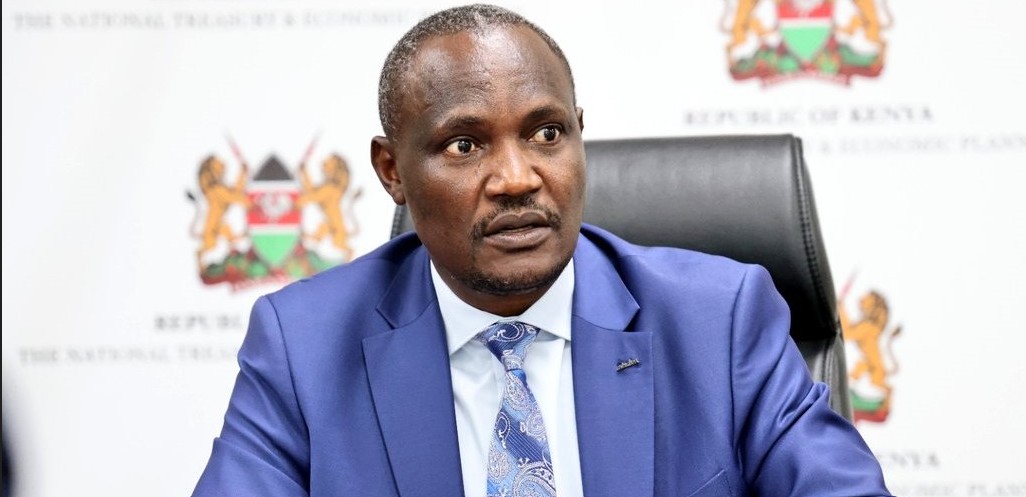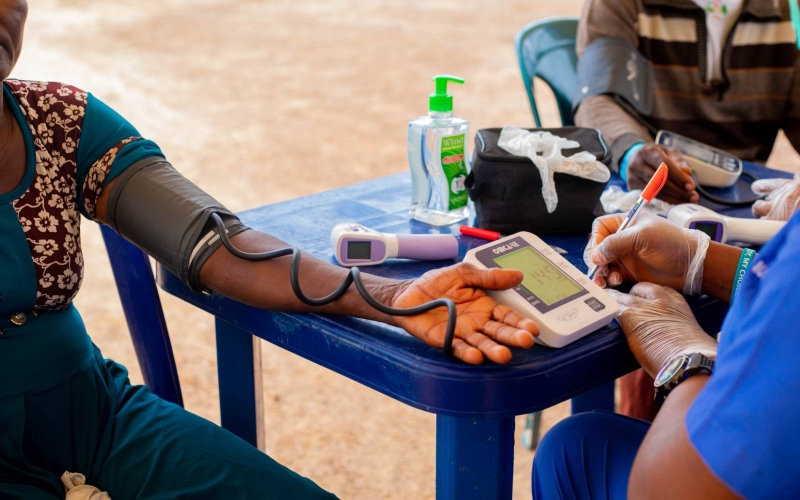Explainer: Know the difference between malaria and dengue

Dengue fever and malaria are both serious mosquito-borne diseases, but they are caused by different pathogens and exhibit distinct symptoms and characteristics.
In the tropical region, the combination of climate change, environmental pollution, ineffective monitoring systems, and limited understanding of the advantages of insecticide-treated nets has intensified the spread of female mosquitoes, contributing to higher rates of malaria and dengue fever.
The dangers posed by mosquito-borne diseases are considerable, with both malaria and dengue fever leading to severe illness. These diseases are transmitted by female mosquitoes and can often confuse patients and healthcare professionals due to their similarities and the overlapping mosquito species involved.
More To Read
- Taking down malaria’s bodyguards: Scientists target parasite’s secret defence system
- In narrow alleys of Sudan's capital, volunteers battle dengue fever spread
- UK, African researchers join forces in Sh1.4 billion battle against bilharzia
- Khartoum Bahri battles surge in malaria, dengue and typhoid as cholera death toll rises
- Burkina Faso shuts down Bill Gates-backed mosquito project over safety, ethical concerns
- Kenya records landmark milestones in fight against HIV, malaria, TB and sleeping sickness
Dengue fever and malaria are both serious mosquito-borne diseases, but they are caused by different pathogens and exhibit distinct symptoms and characteristics. Here are the key differences between them:
Causes
Dengue Fever: Caused by the dengue virus, which has four distinct serotypes (DENV-1, DENV-2, DENV-3, and DENV-4). The virus is transmitted by Aedes mosquitoes.
Malaria: The four primary species that infect humans are Plasmodium falciparum, Plasmodium vivax, Plasmodium ovale, and Plasmodium malariae. It is transmitted by Anopheles mosquitoes.
Symptoms
Dengue Fever: Sudden high fever, severe headache, pain behind the eyes, joint and muscle pain (often referred to as "breakbone fever"), nausea and vomiting, skin rash, mild bleeding symptoms (nosebleeds, gum bleeding).
Malaria: Fever (often recurring in cycles), chills and sweating, headache, muscle and joint pain, nausea and vomiting, fatigue. In severe cases: anaemia, jaundice, seizures, and organ failure.
Transmission
Dengue Fever: Transmitted primarily by Aedes mosquitoes. The virus is injected into the bloodstream of the host during a mosquito bite.
Malaria: Transmitted by Anopheles mosquitoes. The Plasmodium parasites are introduced into the host's bloodstream through the mosquito's saliva.
Diagnosis
Dengue Fever: Diagnosed through blood tests that detect the dengue virus or antibodies produced in response to the virus.
Malaria: Diagnosed through blood tests that identify the presence of Plasmodium parasites in the red blood cells, often using microscopy or rapid diagnostic tests (RDTs).
Other Topics To Read
Dr Charles Guissou, co-principal Investigator for Target Malaria Burkina Faso at the Institut de Recherche en Sciences de la Santé (IRSS), explains, “Dengue and malaria are distinct diseases caused by different pathogens and transmitted by different mosquito species. Misdiagnosis between malaria and dengue is common and can result in inappropriate medical care.”
Malaria results in approximately 200 million cases globally each year, leading to 600,000 deaths. Most fatalities occur in Africa, where children and pregnant women are most severely affected.
According to the World Health Organisation (WHO), in 2022, Africa accounted for 94 per cent of malaria cases (233 million) and 95 per cent of malaria deaths (580,000). Children under five represented about 78 per cent of all malaria-related deaths.
Dengue fever has also seen a significant rise in recent decades. Reports to the WHO show an increase in cases from 505,430 in 2000 to 6.5 million in 2023.
“At Target Malaria we are committed to contributing to an Africa free of malaria. We also want to be able to educate as many people as possible about the differences between the Anopheles mosquito, which transmits malaria, and the Aedes mosquito which carries the dengue virus. Malaria and dengue should be distinguished from each other so that adequate prevention and treatments can occur,” says Krystal Birungi, Field Entomology Coordinator for Target Malaria Uganda at the Uganda Virus Research Institute (UVRI).
“The risk of infections is overwhelming, with about 3.9 billion people at risk of dengue and 3.3 billion at risk of malaria. Innovative and sustainable solutions are crucial in combating these diseases, particularly in Africa. That’s why involving African experts and perspectives is essential in developing and assessing these technologies,” says Birungi.
Top Stories Today














































